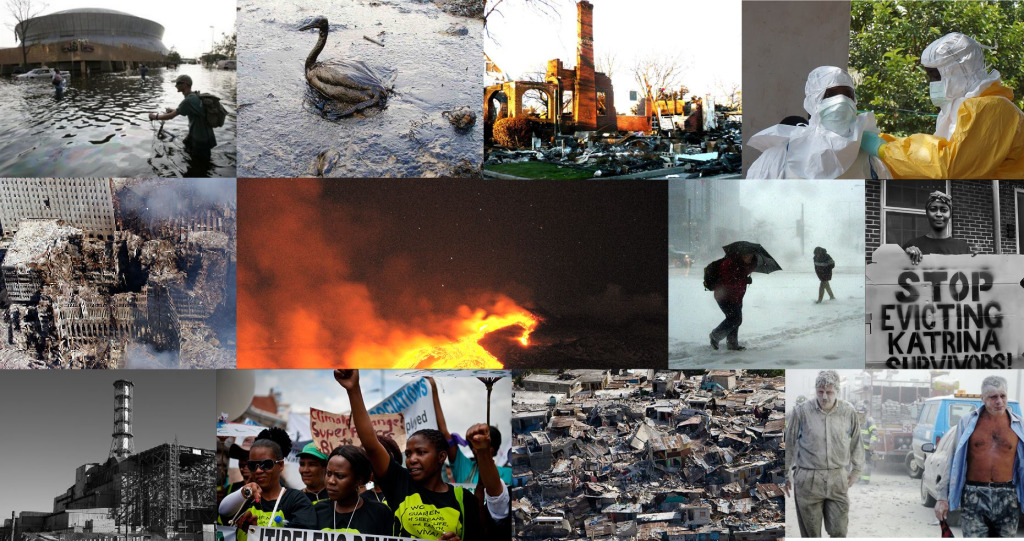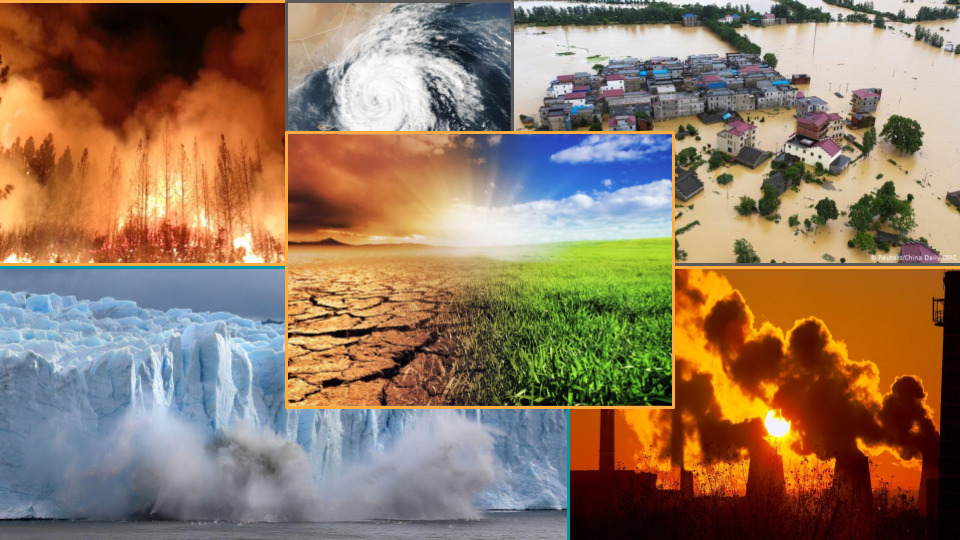Environmental Impacts of Technological Disasters
Technological disasters, such as industrial accidents and chemical spills, have the potential to cause severe environmental trauma. These incidents lead to environmental injuries that require specialized services for restoration. As the scale and complexity of such incidents increase, environmental restoration services are facing new and evolving challenges in their efforts to rehabilitate affected ecosystems.

One of the primary challenges lies in assessing the extent of environmental damage. Unlike natural disasters, technological disasters often involve hazardous substances that may not only impact surface environments but also infiltrate soil, water bodies, and even the air. Accurate and comprehensive assessments are crucial for designing effective restoration strategies.
Restoration experts must also contend with the toxic legacy left behind by these incidents. Contaminants released during technological disasters can persist in the environment for years, affecting both human health and ecosystems. The challenge lies in developing methods to safely remove, neutralize, or contain these pollutants to prevent further damage.
Furthermore, the intricate interdependencies of ecosystems add to the complexity of restoration efforts. A single technological disaster can have cascading effects, disrupting entire food chains and ecological processes. Restoration services must therefore adopt holistic approaches that address not just individual species or habitats but the overall functionality of the ecosystem.
The challenges posed by environmental trauma from technological disasters require a multidisciplinary and adaptive approach. Restoration services need to collaborate with scientists, engineers, policymakers, and local communities to develop innovative strategies that mitigate the impact of such incidents on both the environment and human well-being.
Evolving Strategies for Technological Disaster Recovery
As the world becomes increasingly reliant on technology, the potential for technological disasters has grown, posing new and unprecedented challenges for environmental restoration services. The ever-evolving nature of technology means that recovery strategies must adapt to the unique characteristics of each incident and its environmental impact.
A key challenge is the identification of emerging contaminants. Technological disasters can introduce new, synthetic chemicals into the environment that lack established guidelines for remediation. Restoration services must continuously research and develop methods to effectively address these contaminants, ensuring that recovery efforts are evidence-based and technologically informed.
Additionally, the integration of emerging technologies in restoration processes is crucial. Advanced monitoring systems, remote sensing techniques, and data analytics enable restoration experts to assess environmental damage more accurately and in real time. This technology-driven approach allows for quicker response times and more informed decision-making.
Furthermore, community engagement is gaining importance in technological disaster recovery. Local communities are often directly affected by such incidents and possess valuable knowledge about the environment. Collaboration between restoration services and community members can lead to more effective strategies that consider local needs and cultural sensitivities.
The challenges presented by technological disasters require restoration services to continuously innovate and adapt. By embracing emerging technologies, engaging with communities, and addressing novel contaminants, experts can develop strategies that not only remediate environmental damage but also build resilience against future technological risks.

Building a Resilient Future: Sustainability in Technological Disaster Recovery
The aftermath of a technological disaster is a stark reminder of the fragility of human-made systems and their potential impact on the environment. However, the process of recovery also presents an opportunity to build a more resilient and sustainable future. Restoration services are at the forefront of this endeavor, navigating new challenges while advocating for holistic and forward-looking approaches.
Sustainability in technological disaster recovery encompasses several key aspects. First, restoration services are increasingly emphasizing the adoption of green technologies and practices. This includes using eco-friendly materials, renewable energy sources, and low-impact techniques to minimize further damage to the environment during recovery efforts.
Second, there is a growing emphasis on long-term monitoring and adaptive management. Restoration experts recognize that the true success of recovery efforts is measured over years, not just in the immediate aftermath. Continuous monitoring allows for the identification of any unforeseen challenges and the adjustment of strategies accordingly.
Third, education and awareness play a pivotal role in building resilience. Restoration services are not only responsible for physical recovery but also for informing the public about the importance of responsible technology use and its potential consequences. This awareness can drive changes in behaviors and policies that prevent future technological disasters.
In conclusion, while the challenges posed by technological disasters are formidable, they also present an opportunity to reshape our relationship with technology and the environment. By integrating sustainability, embracing innovation, and fostering public engagement, restoration services contribute to a future where the consequences of technological disasters are minimized, and ecosystems and societies are better equipped to face new challenges.
